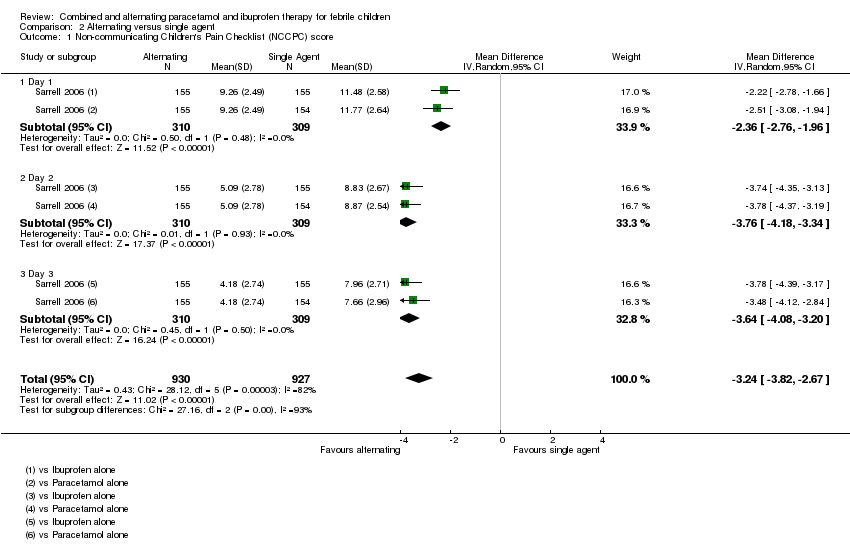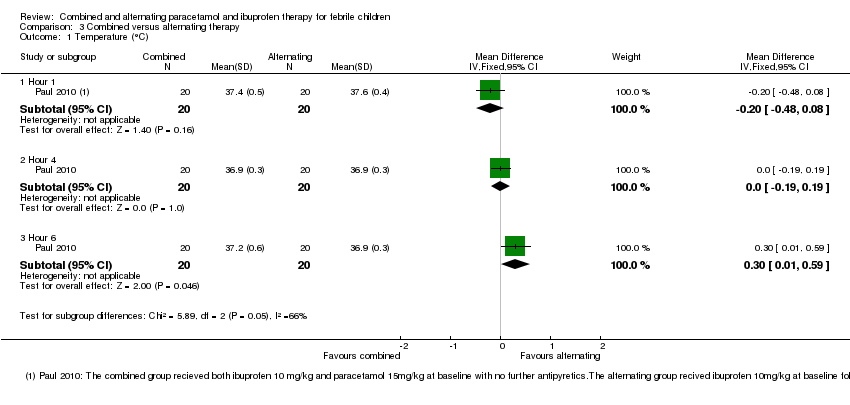Contenido relacionado
Revisiones y protocolos relacionados
Martin M Meremikwu, Chibuzo C Odigwe, Bridget Akudo Nwagbara, Ekong E Udoh | 12 septiembre 2012
Ekpereonne B Esu, Emmanuel E Effa, Oko N Opie, Martin M Meremikwu | 18 junio 2019
Martin M Meremikwu, Angela Oyo‐Ita | 22 abril 2003
Martin M Meremikwu, Angela Oyo‐Ita | 22 abril 2002
Marzia Lazzerini, Humphrey Wanzira | 20 diciembre 2016
Emmanuel E Effa, Zohra S Lassi, Julia A Critchley, Paul Garner, David Sinclair, Piero L Olliaro, Zulfiqar A Bhutta | 5 octubre 2011
Patricia M Graves, Leslie Choi, Hellen Gelband, Paul Garner | 2 febrero 2018
Chaturaka Rodrigo, Senaka Rajapakse, Deepika Fernando | 6 septiembre 2020
Rachael Milligan, André Daher, Gemma Villanueva, Hanna Bergman, Patricia M Graves | 19 agosto 2020
Sophie Jullien, Siddharth Jain, Hannah Ryan, Vineet Ahuja | 1 noviembre 2016













